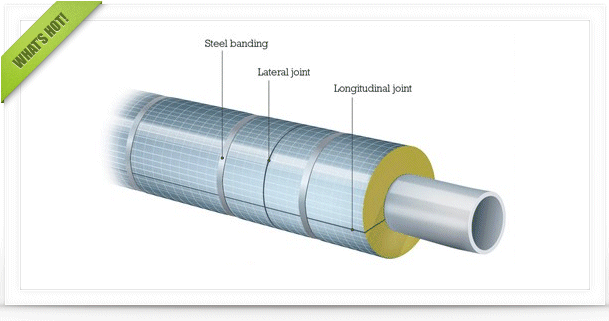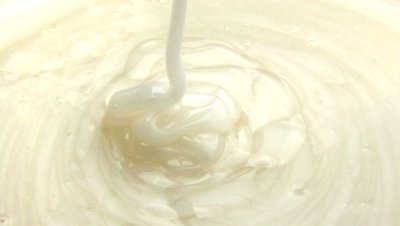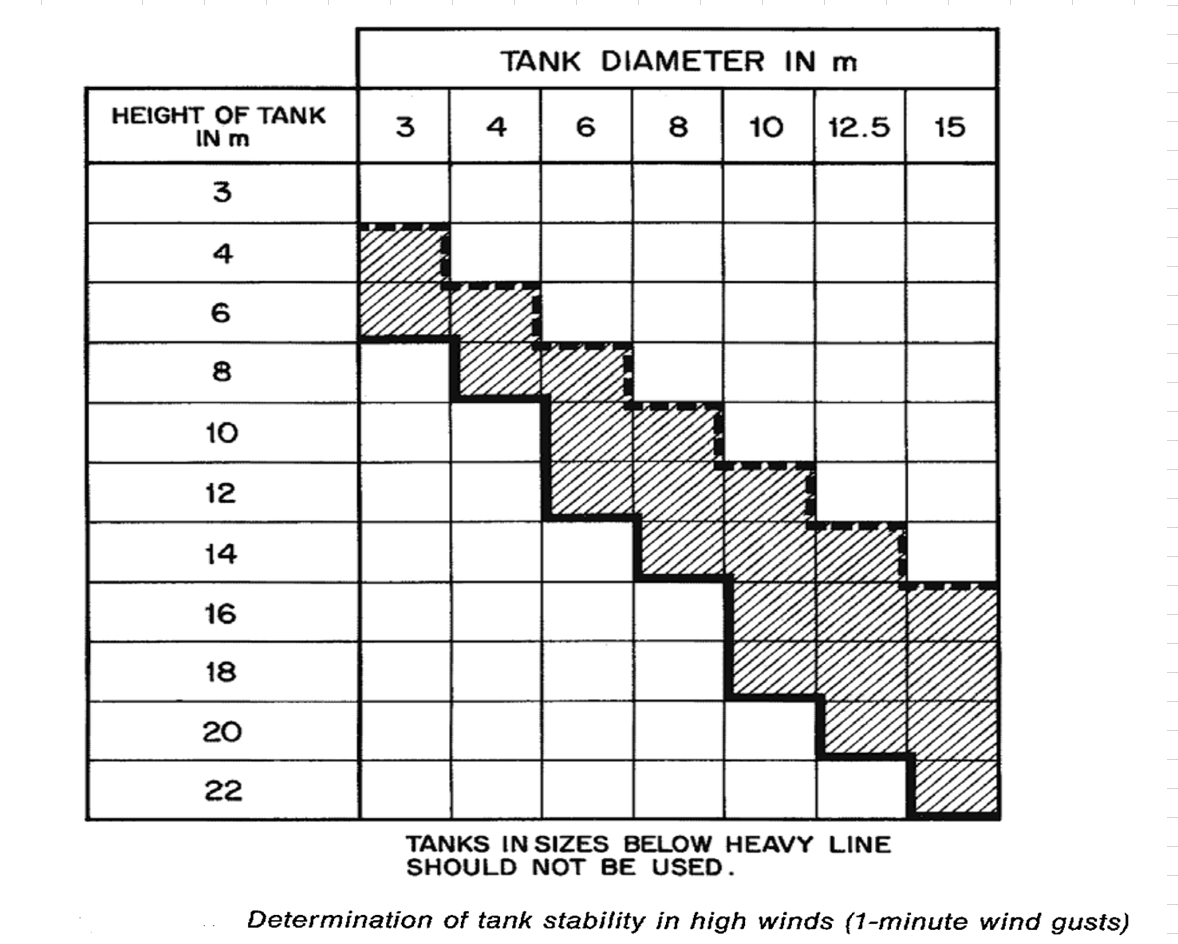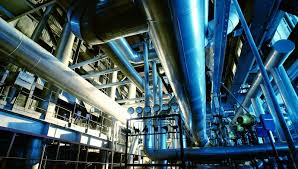|
|
Ethoxylation Process And Application
#1

Posted 31 May 2010 - 07:27 AM
chain starter(compounds containing an active hydrogen atom), such as
C12~C15 Fatty alcohol, Nonyl Phenol, Glycol(DEG or TEG), Castor oil,
Sorbitan Monooleate and Tallow Amine. These reactions occur in the liquid phase
and the addition of one mol EO to the chain starter will produces new primary OH groups.
And, these groupds will react wit hadditional n successive mols of EO proudcing polymers.
The potassium hydroxide will used as the catalyst in these reaction.
Our plant has three production units
Ethoxylation I: Alcohol and Nony phenol ethoxylates
Ethoxylation II: PEGs(Polyglycols) and Polysorbates
Ethoxylation III: Castor Oil PEGs, Tallow Amine PEGS.
Ethoxlates will be prodeced by batch reaction, and three main reactions are following:
First rxn: Chain starter preparation( pre treatment)
Second rxn: Ethoxylation reaction
3rd rxn: Ethoxylated product final treatment(post treatment)
In our plant, Ethoxylation I is two pots system (pre treatment and reaction in the
same vessel and post treatment in the second vessel)
Ethoxylation II and III is one pot system ( All steps in the same reactor.)
Can one explain what is the reason behind this?
Thank you very much.
#2

Posted 02 June 2010 - 03:14 AM
#3

Posted 06 June 2010 - 09:21 AM
#4

Posted 07 June 2010 - 01:13 AM
In ethoxylation, pre-treatment is mainly dehydration step where water is removed from the substrate or main chain starter to avoid glycol & other side products formation whereas in post treatment the product is treated for catalyst neutralization & its removal. The reason for separating them is to create main reaction capacity by putting more time consuming steps in other vessels.
One of our plant is ethoxylation and neutralization takes about 20 minute time . do you think seperating is profitable under this circumstances?
#5

Posted 07 June 2010 - 05:44 AM
See the other factor is the main reaction time which governs the decision. Generally each phase is divided in three equal time factors. If you need more clarification, you can send me your cycle time & I will help you in decision making but complete all steps major or minor.
#6

Posted 08 June 2010 - 12:25 AM
if both activities are taking only 20 minutes probably it may be taking only 10 Min for reaction. So if you separate them it may be beneficial because you save 10 Min on neutralization which can be used for reaction. Of course,in batch plant you need to see entire batch cycle time data BCT which will decide if one should go to separate vessel or not.
See the other factor is the main reaction time which governs the decision. Generally each phase is divided in three equal time factors. If you need more clarification, you can send me your cycle time & I will help you in decision making but complete all steps major or minor.
Excuse me for bad writing in previous post , i mean the neutralization step takes 20 min times and reaction step time is about 8 - 12 hr depends on different products.
#7

Posted 02 December 2010 - 07:57 AM
-Mixed linear alcohol ethoxylates and propoxylates
- Alkylphenol ethoxylates
- Ethoxylated castor oil
- Fatty alcohol ethoxylates and propoxylates
- Nonylphenol ethoxylates
- Ethoxylated esters EO/PO block copolymers
- Amine ethoxylates
- Sorbitan ester ethoxylates
- Polyethylene glycols
- Polyoxyalkylene glycols
Thanks,
#8

Posted 03 December 2010 - 07:37 PM
The skill lies in the design of the reactor and the distribution of the bubble in liquid phase.
Did work long time ago on bubble size, its residence time and the rate of reaction for all the various ethoxalates that you have mentioned. Our out put had increased by almost 30% based on improved design.
If you can give some more process details one could work out ways to achieve higher outputs for the same equipment.
Each of the products that you have mentioned behaves differently.
Lots of reactions engineering , heat and mass transfer etc.
#9

Posted 05 December 2010 - 12:05 AM
Iam currently doing a research study on ethoxylation. It would be great if i can get an idea on approx. cycle time(hrs) for the following Ethoxylate - product groups :
-Mixed linear alcohol ethoxylates and propoxylates
- Alkylphenol ethoxylates
- Ethoxylated castor oil
- Fatty alcohol ethoxylates and propoxylates
- Nonylphenol ethoxylates
- Ethoxylated esters EO/PO block copolymers
- Amine ethoxylates
- Sorbitan ester ethoxylates
- Polyethylene glycols
- Polyoxyalkylene glycols
Thanks,
One of my frinds has good exprience in ethoxylates production and R&D working, if you like send your e-mail for me to give it to her for direct contact.
#10

Posted 09 March 2011 - 04:27 AM
Ethoxylation process is based on the addition reaction of EO(Ethylene oxide) to
chain starter(compounds containing an active hydrogen atom), such as
C12~C15 Fatty alcohol, Nonyl Phenol, Glycol(DEG or TEG), Castor oil,
Sorbitan Monooleate and Tallow Amine. These reactions occur in the liquid phase
and the addition of one mol EO to the chain starter will produces new primary OH groups.
And, these groupds will react wit hadditional n successive mols of EO proudcing polymers.
The potassium hydroxide will used as the catalyst in these reaction.
Our plant has three production units
Ethoxylation I: Alcohol and Nony phenol ethoxylates
Ethoxylation II: PEGs(Polyglycols) and Polysorbates
Ethoxylation III: Castor Oil PEGs, Tallow Amine PEGS.
Ethoxlates will be prodeced by batch reaction, and three main reactions are following:
First rxn: Chain starter preparation( pre treatment)
Second rxn: Ethoxylation reaction
3rd rxn: Ethoxylated product final treatment(post treatment)
In our plant, Ethoxylation I is two pots system (pre treatment and reaction in the
same vessel and post treatment in the second vessel)
Ethoxylation II and III is one pot system ( All steps in the same reactor.)
Can one explain what is the reason behind this?
Thank you very much.
may i ask what's the difference betweent the two pots?
or what are the internal parts of the two pots?
i have been working with ethoxylation plant design for a long time.
usually the post treatment (after neutralization) will also take certain period of time, similar to pre-treatment+reaction+neutralization.
those products with strict product specifications have to go through careful post-treatment. those with lose spec requirement is ok to be discharged for filtration after neutralization
i would guess this is the main reason.
#11

Posted 18 November 2011 - 10:25 AM
I am new to the group but was hoping someone could help me. I am looking for a used Ethoxylation plant - peferable with a loop reactor.
Does anyone have any ideas of a seller.
Thanks
Similar Topics
Going Through The Writing Process.Started by Guest_Haywardvek_* , 05 Jan 2025 |
|

|
||
Typical Process Of Platformate Splitter ?Started by Guest_AnbIran_* , 30 Dec 2024 |
|

|
||
Opportunities For Heat Recovery In A Chemical Process PlantStarted by Guest_tanyongboon1_* , 29 Nov 2024 |
|

|
||
Process Gas Compressor - Capacity Control ValveStarted by Guest_CHSO4_* , 18 Jul 2024 |
|

|
||
Why Superheated Happen In The Crystallisation Process At 60DegcStarted by Guest_HSN202906_* , 08 May 2024 |
|

|

 FB
FB






